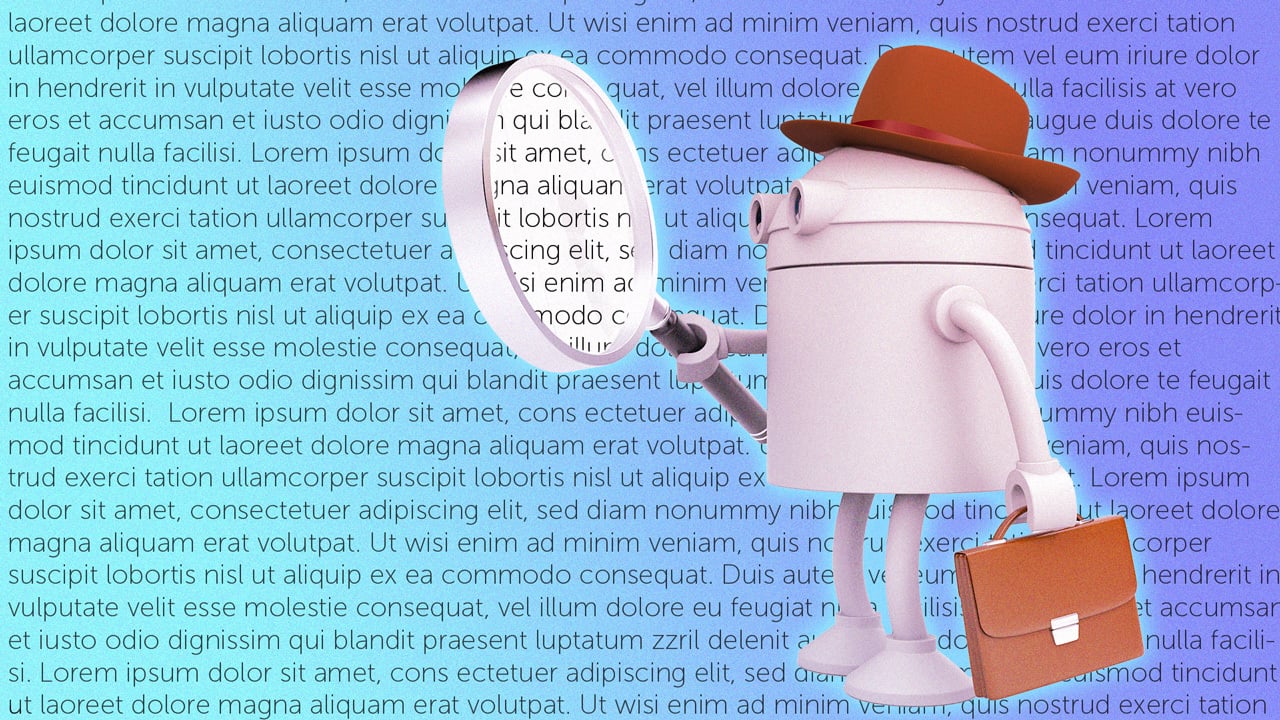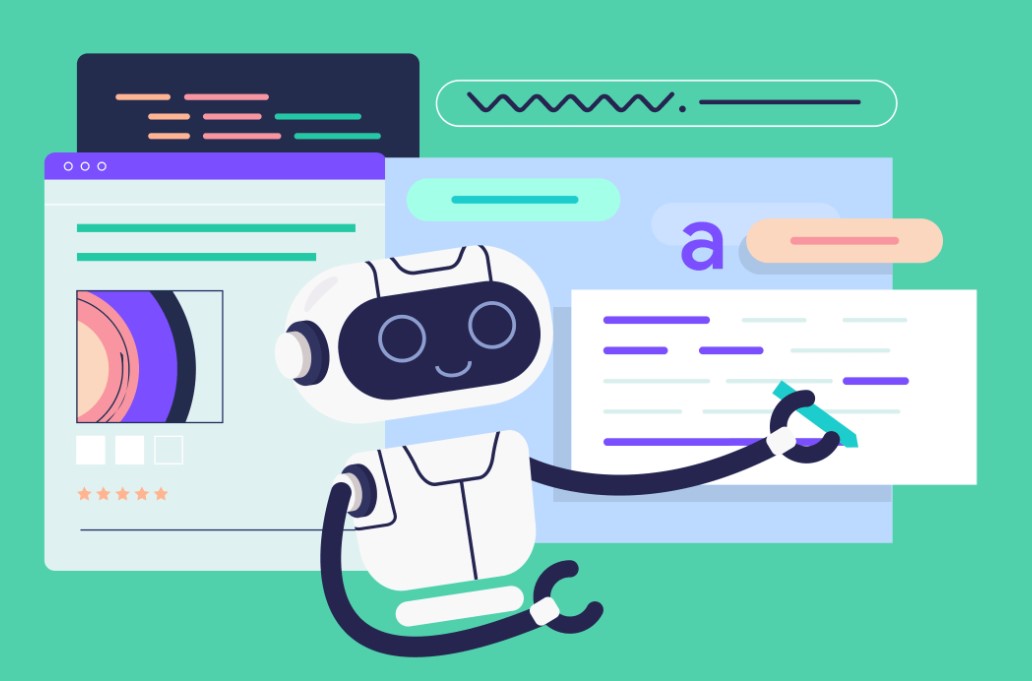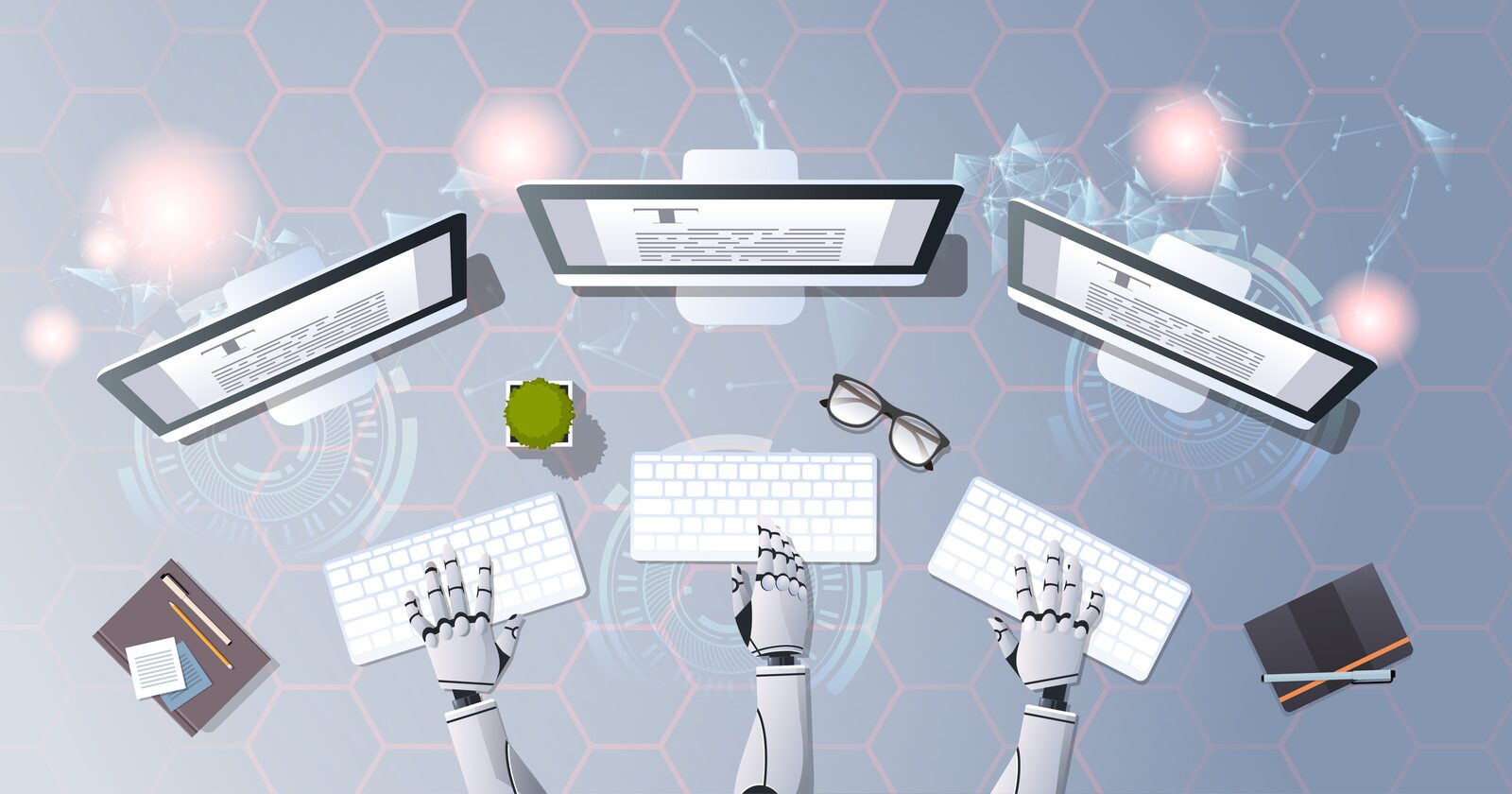Artificial intelligence (AI) has become a significant part of everyday life, especially in the creation of content. Automated systems can generate text efficiently, saving time and resources.
However, as with any technology, AI-driven content creation has its downsides. There are serious concerns surrounding misinformation, bias, and ethical issues that must be addressed when relying on machine-generated content.
Many readers and businesses are unaware of the potential risks, and it’s crucial to understand how such issues can impact credibility, accuracy, and public trust.
Key Points:
- AI-generated content can spread misinformation.
- Bias can be embedded in AI systems.
- Ethical concerns around automated text creation.
- The need for human oversight.
- Potential pitfalls in factual accuracy.
Detecting AI-Generated Content

As AI-generated content becomes more common, so does the need for detection tools. The rise of machine-generated text has sparked the development of AI detector free online tools, such as ZeroGPT, which help identify whether the content was created by a human or a machine. Such tools are increasingly necessary in educational, journalistic, and business contexts, where the authenticity of content is crucial.
Detection tools analyze patterns in the generated text, searching for signs of automation. This offers a valuable layer of protection against misleading or inauthentic texts. As machine-generated text continues to grow, the role of detection tools will become even more critical in maintaining transparency and trust.
Misinformation ─ A Growing Threat
One of the most concerning aspects of AI-driven content is the risk of spreading misinformation. Automated systems rely on data sources and algorithms to produce text, but they may lack the discernment to verify factual accuracy. This poses a significant challenge because the information generated could easily be incorrect, yet appear legitimate to unsuspecting readers. This issue becomes particularly dangerous in sectors such as health, finance, or politics, where misinformation can lead to harmful consequences.
Without proper checks in place, AI-driven content can perpetuate false narratives or present outdated information. It’s essential to note that, without human oversight, machine-generated material cannot distinguish between fact and falsehood. Even advanced systems trained on reputable sources can falter, pulling data that no longer holds true. Therefore, relying solely on AI for content creation invites the risk of errors and potential harm.
Bias ─ The Invisible Enemy

Algorithms learn from data sets that humans curate, and unfortunately, many of these data sets carry inherent biases. When AI systems absorb this biased information, the content they produce may reflect similar prejudices, whether regarding race, gender, politics, or other sensitive topics.
It’s not just about blatant bias either; subtle prejudices can find their way into the generated text, affecting the neutrality and balance of the information presented. The challenge lies in detecting and correcting such bias, as AI often pulls from an array of sources without distinguishing between varying levels of bias. This makes it difficult to trust AI-generated text in scenarios where neutrality is crucial.
Human editors need to be part of the process to monitor and correct any bias that may slip through. Complete reliance on AI for text production removes the necessary layer of human judgment that can identify and amend potentially harmful or misleading bias.
The Ethical Dilemma
Who bears responsibility for misinformation or biased content? With automated systems in charge of content creation, assigning accountability becomes murky. Unlike human writers, AI lacks ethical standards, making it difficult to attribute responsibility for errors or harmful content.
Moreover, automated systems do not operate with moral consideration, further complicating ethical concerns. Machines do not understand context in the way a human would. Without the capacity for moral reasoning, AI systems may inadvertently produce content that violates ethical norms, leading to significant reputational damage for businesses or individuals who rely on machine-generated text.
Ethical guidelines must be established, and AI content should always involve human intervention. Trusting machine-generated text without human review runs the risk of creating problematic content with no accountability.
Factual Inaccuracies

Although AI systems are improving, they still struggle with ensuring factual accuracy. A machine may pull from inaccurate sources or misinterpret the data it is trained on, leading to factual errors in the generated content. In some cases, the machine could generate plausible but false information, which can be even more dangerous as readers may not realize the inaccuracy.
For example, in industries where data changes rapidly, such as technology or science, AI-generated content may quickly become outdated or incorrect. Without human oversight, it is difficult to ensure that machine-generated text maintains factual accuracy over time. Regular review and updates by human experts are essential to mitigate this issue and ensure the reliability of the content.
Lack of Creativity and Depth
Machines excel at producing content quickly, but they often lack the nuance and originality that human writers bring to the table. Creative writing requires emotional insight and personal experience, which AI cannot replicate. While machine-generated text may be technically correct, it often feels sterile and lacks the personal touch that engages readers.
In contexts that demand creativity—such as marketing, storytelling, or opinion pieces—relying on machine-generated text can lead to dull, uninspired results. Human creativity is essential for producing content that resonates with audiences and drives engagement.
The Human Element

Machines can automate the process, but they cannot replace human judgment, creativity, or ethical consideration. For content that requires nuance, emotional insight, or cultural sensitivity, human writers are indispensable.
Incorporating human review into the content creation process ensures that bias, misinformation, and ethical concerns are addressed. AI may assist with generating text quickly, but human editors must step in to review, revise, and approve the final product. Without this crucial step, the risk of errors and ethical violations grows.
Conclusion
AI-generated content offers undeniable convenience, but it comes with significant risks. Misinformation, bias, and ethical dilemmas present serious challenges that cannot be overlooked. Machines cannot replicate human judgment or creativity, and relying solely on AI for content creation invites pitfalls.
To minimize the dangers, businesses and individuals must employ AI responsibly. Human oversight is crucial, and tools that detect machine-generated text play a vital role in ensuring transparency. The future of AI-driven content depends on how well its limitations are managed, with a strong emphasis on ethics and accuracy.




